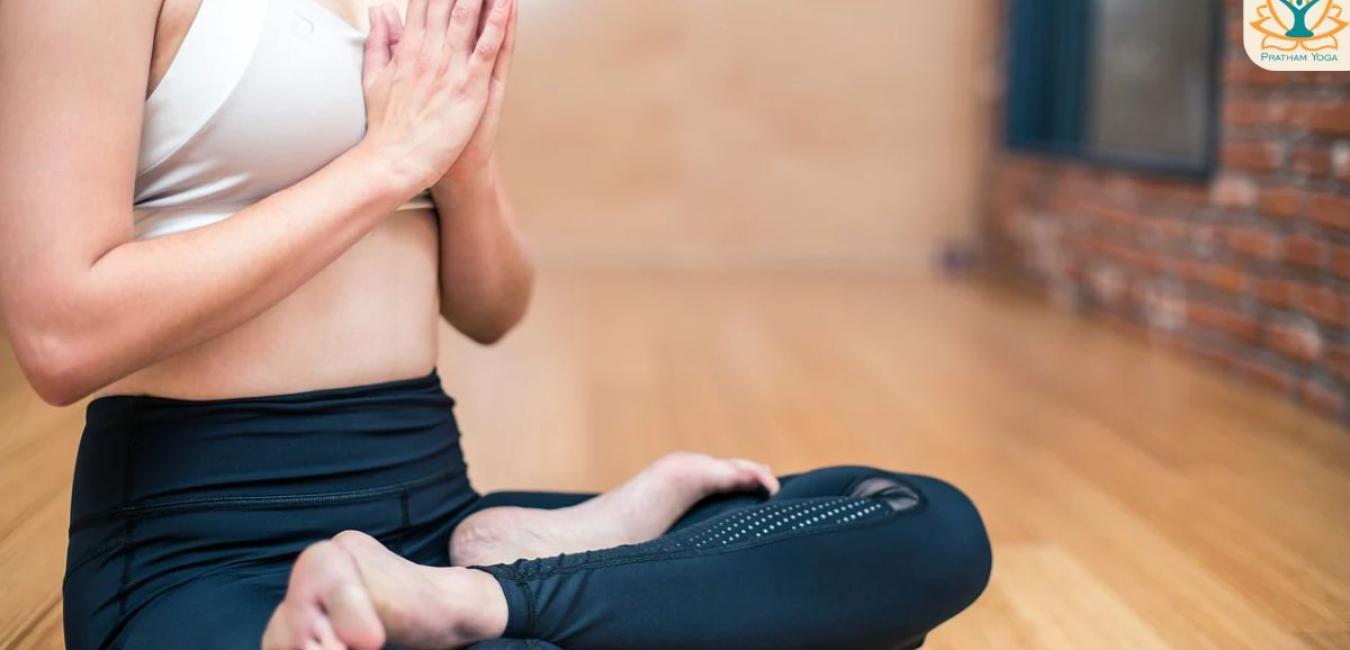The Complete Guide to Surya Namaskar Poses: Unlocking the Power of the Sun Salutation

Surya Namaskar, also known as the Sun Salutation, is one of the most ancient and widely practiced sequences in yoga. This series of poses not only honors the sun but also offers a holistic workout that energizes the body, calms the mind, and rejuvenates the spirit. If you are looking to deepen your yoga practice or simply boost your overall health, understanding the Surya Namaskar poses is essential.
What is Surya Namaskar?
Surya Namaskar is a sequence of 12 distinct yoga postures performed in a flow, each one linking breath with movement. Traditionally practiced at sunrise to greet the new day, these poses collectively engage every part of the body and stimulate vital energy channels.
The word “Surya” means Sun, and “Namaskar” means Salutation or Bow. Together, they symbolize a respectful acknowledgment of the source of energy and life — the sun.
The Importance of Surya Namaskar Poses
The practice of Surya Namaskar is much more than a physical exercise routine; it is a mindful approach to harmonizing body and mind.
Key Benefits:
-
Improves Flexibility and Strength: The flowing postures stretch and tone muscles, joints, and ligaments, enhancing overall flexibility.
-
Boosts Cardiovascular Health: Moving through the sequence at a moderate pace increases heart rate, improving circulation.
-
Detoxifies the Body: The dynamic movements stimulate internal organs, promoting detoxification.
-
Enhances Mental Focus and Calm: Coordinating breath with movement cultivates mindfulness and reduces stress.
-
Balances Hormones: Stimulates the endocrine system, which regulates metabolism, mood, and energy levels.
-
Supports Weight Loss: Regular practice can help burn calories and improve metabolism.
Detailed Breakdown of Surya Namaskar Poses
Each Surya Namaskar pose has its unique physical and energetic benefits. Here’s a step-by-step description of the 12 poses commonly included in the sequence:
1. Pranamasana (Prayer Pose)
-
How to do it: Stand tall with feet together, palms pressed together in front of the chest in a prayer position.
-
Focus: Centering, grounding, and preparing the body and mind.
2. Hastauttanasana (Raised Arms Pose)
-
How to do it: Inhale and stretch your arms upwards, arching your back slightly and gazing up.
-
Focus: Opens the chest and stretches the whole body.
3. Hastapadasana (Hand to Foot Pose)
-
How to do it: Exhale, bend forward from the hips and try to touch your toes, keeping the legs straight.
-
Focus: Stretches the hamstrings and calves, massages abdominal organs.
4. Ashwa Sanchalanasana (Equestrian Pose)
-
How to do it: Inhale, step your right leg back, lowering your knee to the floor, and look upwards.
-
Focus: Opens the hips and chest, strengthens legs.
5. Dandasana (Stick Pose)
-
How to do it: Hold your breath, bring your left leg back to join the right, keeping the body in a straight plank position.
-
Focus: Strengthens the arms, wrists, and core.
6. Ashtanga Namaskara (Eight-Limbed Pose)
-
How to do it: Lower your knees, chest, and chin to the floor, keeping your hips elevated.
-
Focus: Strengthens the upper body and prepares for backbends.
7. Bhujangasana (Cobra Pose)
-
How to do it: Inhale, lift your chest up while keeping your legs and hips on the floor.
-
Focus: Strengthens the spine, opens the chest and lungs.
8. Adho Mukha Svanasana (Downward Dog Pose)
-
How to do it: Exhale, lift your hips, forming an inverted V shape with your body.
-
Focus: Stretches the spine, calves, and hamstrings.
9. Ashwa Sanchalanasana (Equestrian Pose) - Repeat on Left Leg
-
Mirror pose 4 with the left leg stepping back.
10. Hastapadasana (Hand to Foot Pose)
-
Repeat pose 3, bending forward.
11. Hastauttanasana (Raised Arms Pose)
-
Repeat pose 2, stretching upwards.
12. Pranamasana (Prayer Pose)
-
Return to the starting position with palms together.
Tips for Practicing Surya Namaskar Poses Safely
-
Warm-up: Begin with light stretching to avoid injury.
-
Breath Awareness: Synchronize each movement with either inhalation or exhalation.
-
Go Slow: Focus on precision rather than speed.
-
Listen to Your Body: Modify poses as needed to prevent strain.
-
Practice Regularly: Consistency enhances flexibility and endurance.
Who Can Practice Surya Namaskar?
Surya Namaskar is versatile and can be adapted for all ages and fitness levels. However, people with certain conditions like pregnancy, back injuries, or heart problems should consult a healthcare provider before starting.
Conclusion
Mastering the Surya Namaskar poses is a rewarding journey that enriches your physical vitality and mental clarity. This ancient sequence, when practiced mindfully, can transform your daily routine into a ritual of health, balance, and gratitude.
Whether you are a beginner or an experienced yogi, incorporating Surya Namaskar into your practice can open doors to profound well-being. So roll out your yoga mat, greet the sun, and let these poses illuminate your path to holistic health.








